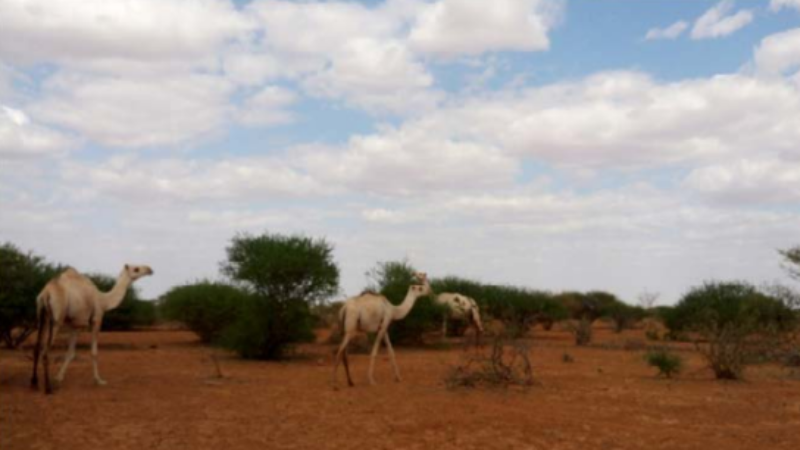by Kenya Livestock Producers Association (KLPA)
Description
Climate change is a threat to livestock production because of the impact on the quality of feed crop and forage, water availability, animal and milk production, livestock diseases, animal reproduction, and biodiversity. Livestock contributes an estimated 14.5% of GHG emissions, further exacerbating climate change. Therefore, the livestock sector is supposed to be a key player in the mitigation of GHG emissions while safeguarding global food security. Furthermore, measures to mitigate the COVID pandemic, unfortunately, affected movement of livestock and livestock products, livestock inputs (feeds, supplements, and veterinary products), closure of livestock markets, and disrupted livestock trade along historical trade corridors. The livestock sector witnessed a massive loss of incomes and increased unemployment, creating adverse ripple economic impacts across the region. Conventionally, market closures in response to transboundary zoonotic diseases have often resulted in a reduced supply of livestock and livestock products accompanied by higher prices for the end consumer. However, the Covid pandemic radically reduced market demand for meat and milk due to a sudden loss of income for urban households alongside the closure of restaurants, institutions, and entertainment outlets that account for significant consumption of livestock products, especially dairy and meat.
KALPA has adopted the following practices to reduce the impact on the environment:
- In pastoralist systems, there is a continuing shift from big livestock such as cattle and camels that need significant fodder and feed quantities to small livestock such as goats and sheep. Small livestock also requires lower water quantities compared to cattle. The small livestock is fast maturing and easy to sell.
- Preference of Browser feeds compared to grazers since trees are less affected by droughts compared to grass.
- Adoption of improved and climate Smart fodder and forage seed varieties.
- Establishment of water pans for rainwater harvesting during the rainy seasons and storage for use during the dry seasons.
Results
- Reduced load on grazing ecosystems and enhanced land and water conservation.
- Increased incomes to farmers and lower losses during droughts.
- Increased food security and nutrition.
Climate smartness*
The practices presented in this case are viable CSA strategies since they contribute to proposing alternatives to maintain the country’s food security despite the climatic and market shocks that producers face. In this sense, diversification with small ruminant species can minimize the land area destined for cattle production, with certain benefits related to the reduction in the volume of water necessary for its production, in addition to the possibility of conserving the physical-chemical characteristics of the soil by reducing erosive processes generated by extensive livestock farming. These factors make it possible to strengthen the adaptive capacity of farmers by making better use of natural resources and can generate additional mitigation opportunities. According to FAO (2017), the intensity of emissions from small dairy and meat ruminants is less than of cattle beef production, since beef produces a global average (considering different on-farm and supply chain management practices in diverse agro-ecological conditions) of 295 Kg CO2-eq per Kg of protein, while in small ruminants it is 201 kg CO2-eq per Kg of protein. Other adaptation and mitigation advantages can be explored when the different sources, types and amounts of feed are considered for these two types of livestock, as there is the possibility of diversifying the diet of small ruminants with trees and other local forage species.
*This is done in the framework of climate-smart agriculture (CSA) approach. Climate-smartness in agriculture means understanding impacts of climate change and variability along with the agricultural activity, which includes the planning of what crop to plant, when to plant, what variety to plant and what type of management practices are needed to reduce the impact on the environment (e.g. emissions reduction), maintain or increase productivity (e.g. yields) while increasing resilience and improving livelihoods.


